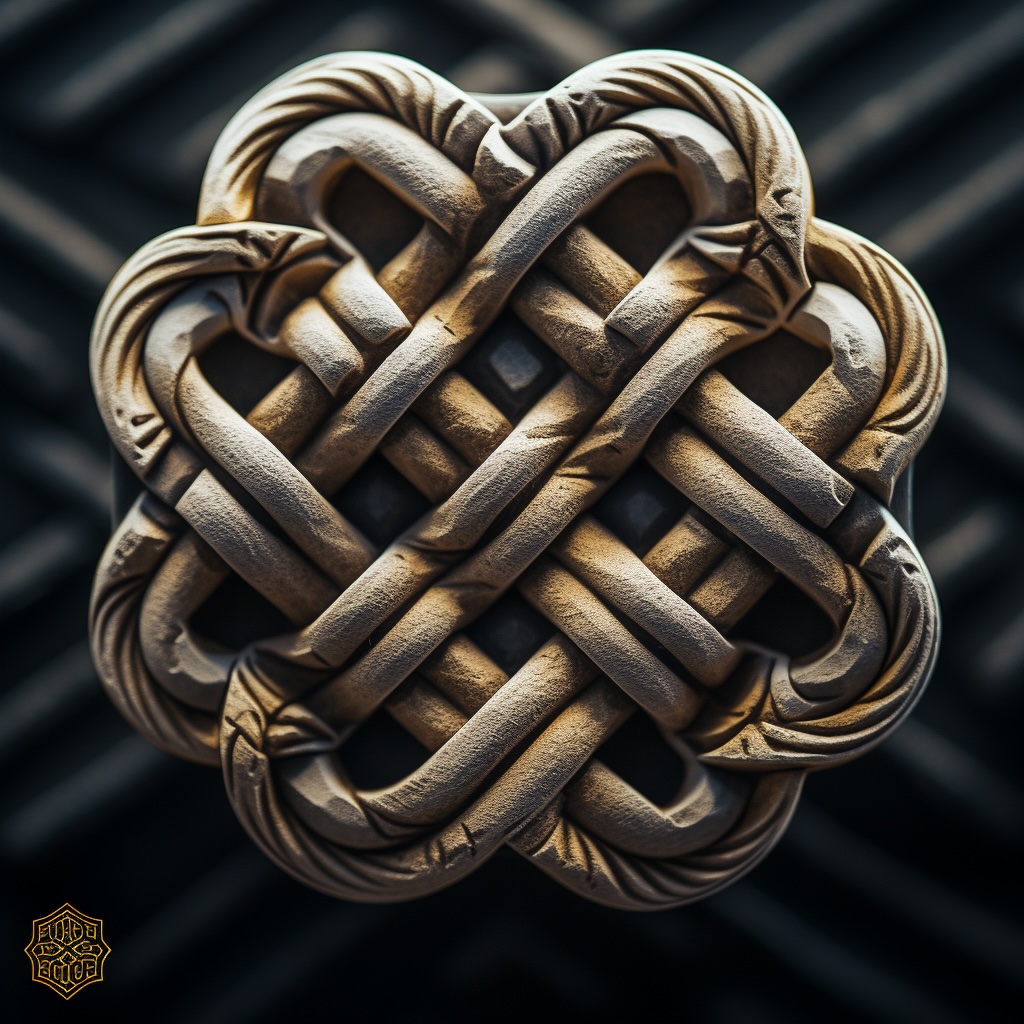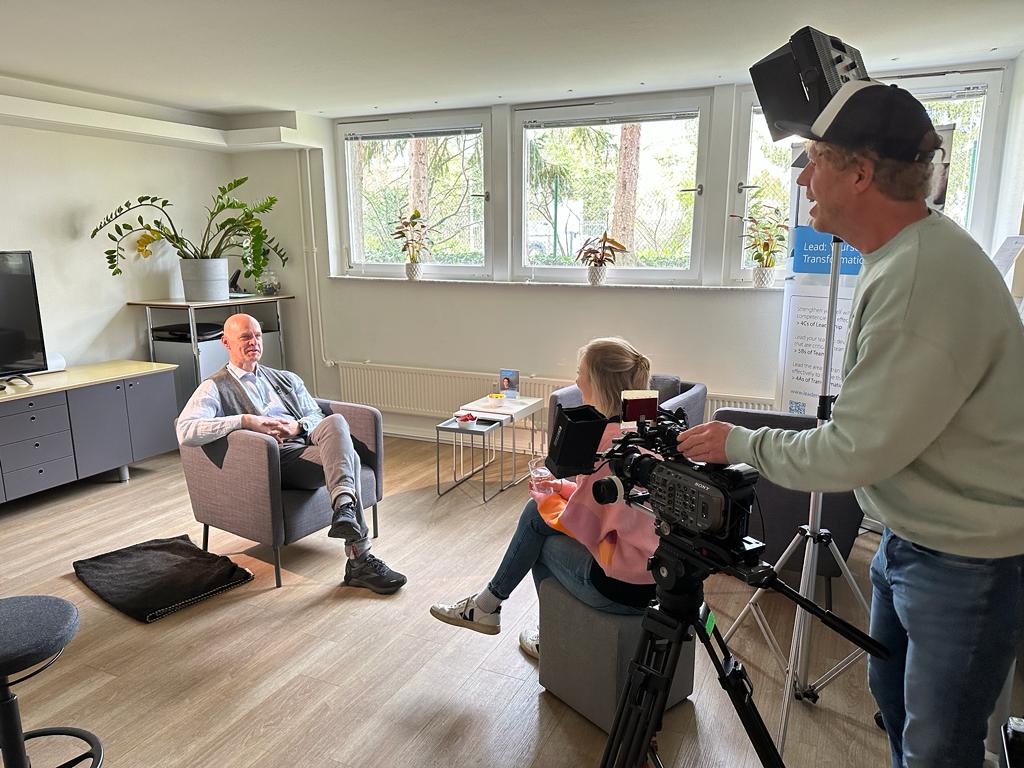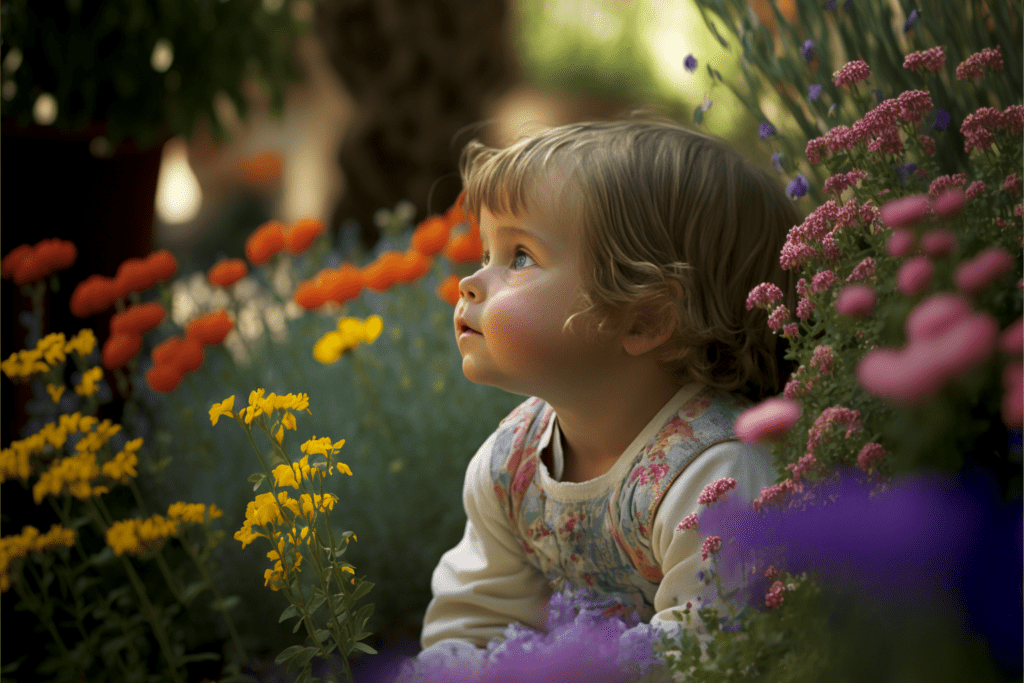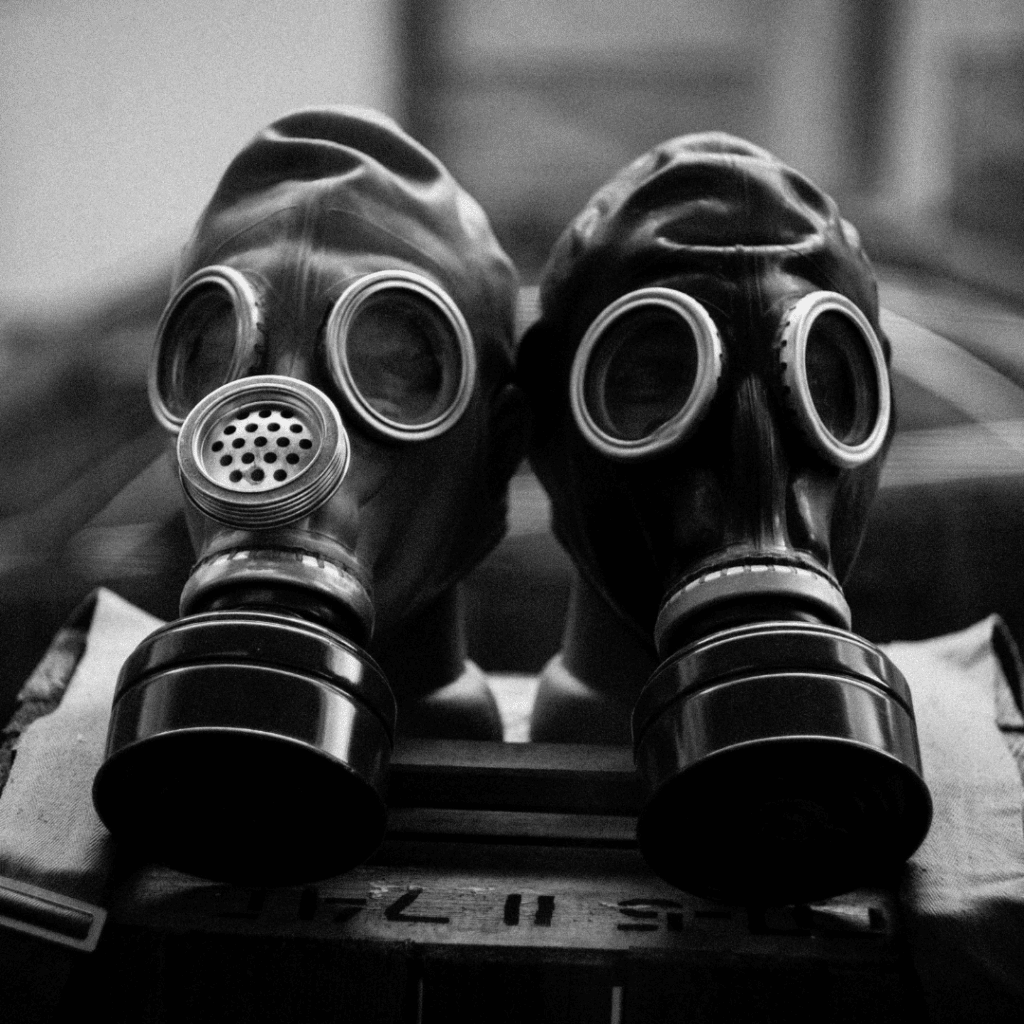Childhood Trauma: “The Art of Loving”
Life help from Erich Fromm Introduction “Is love an art?” asked the psychoanalyst and philosopher Erich Fromm in 1956 and developed his theory of love in response. He analysed who, why and how we love. The book also looked at the disintegration of love in contemporary Western society, and his thoughts on this have lost […]





